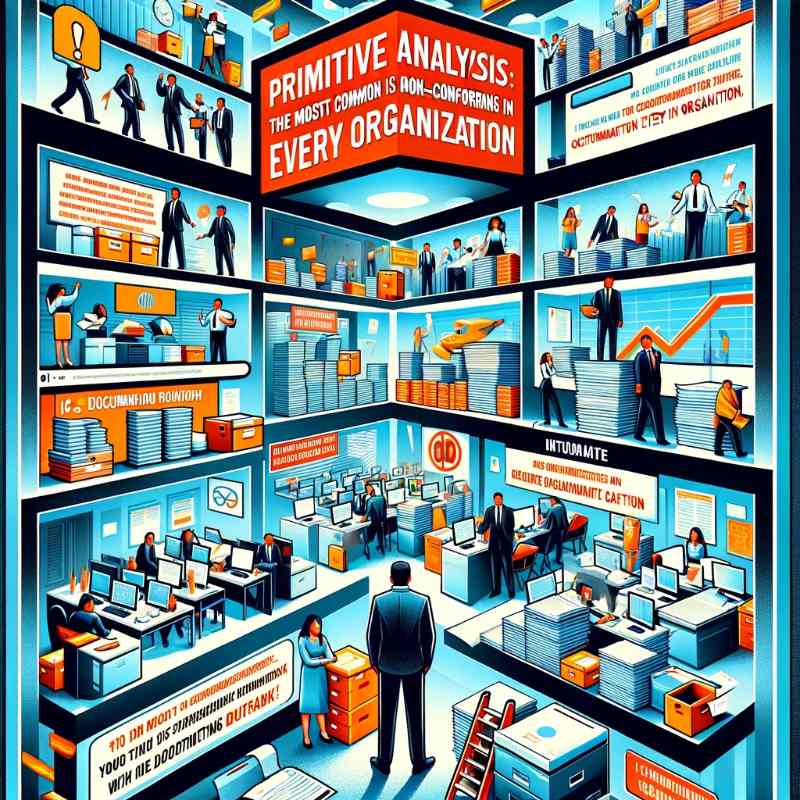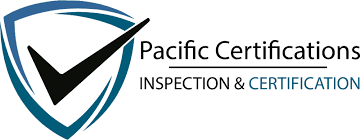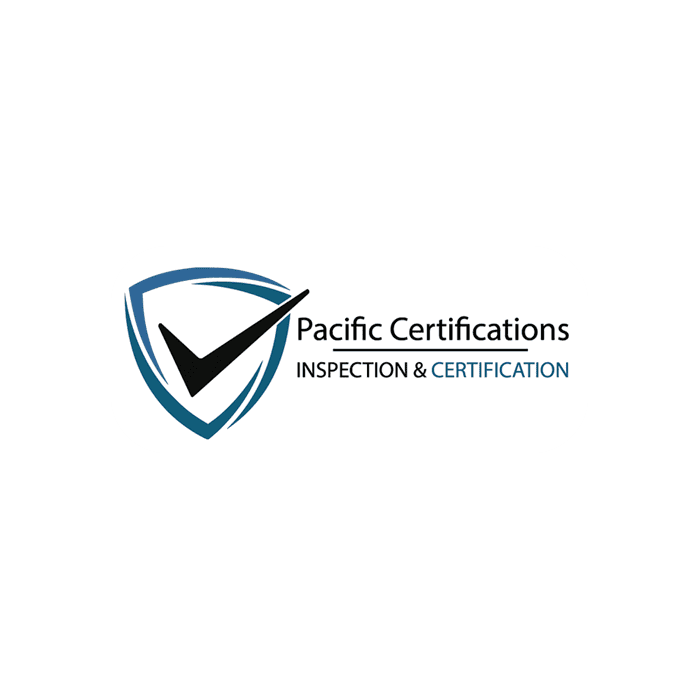Primitive Analysis: The Most Common ISO Non-Conformity Occurs in Every Organization

Introduction
In the realm of international standards, achieving and maintaining ISO certification is a paramount goal for organizations worldwide. These certifications, whether they pertain to quality management (ISO 9001), environmental management (ISO 14001), occupational health and safety (ISO 45001), information security (ISO 27001), or others, are not just badges of honor.
They are a testament to an organization's commitment to excellence, sustainability, safety, and security. However, the road to achieving and maintaining these certifications is fraught with challenges, with non-conformities being a significant hurdle. Non-conformities are essentially the gaps between an organization's practices and the requirements of the ISO standard. Among these, one non-conformity stands out due to its prevalence across almost all organizations: the lack of effective documentation and record-keeping.
Understanding Non-Conformity in the Context of ISO Standards
Non-conformity in the ISO context refers to a failure to meet one or more requirements outlined in the standard. These requirements can be related to the organization's processes, products, services, or management systems.
Non-conformities can arise during internal audits, external audits, or at any stage of the implementation process. Identifying and addressing these non-conformities is crucial for organizations not only to achieve certification but also to ensure continual improvement and compliance.
Click here to find out more applicable standards to your industry
The Ubiquity of Documentation and Record-Keeping Non-Conformities
The most common ISO non-conformity encountered by organizations across various industries relates to documentation and record-keeping. This issue is pervasive because documentation is the backbone of any ISO management system.
It provides evidence of what has been planned, what is being done, what is being monitored and measured, and the basis for improvements. Documentation non-conformities can take many forms, including:
- Inadequate Documentation: Failing to maintain or update essential documents that describe business processes and procedures.
- Lack of Control: Not having a system in place to review, approve, and update documents as necessary.
- Poor Accessibility: Essential records and documents are not easily accessible to those who need them.
- Inconsistent Records: Failing to keep accurate and up-to-date records that demonstrate compliance with the ISO standards.
- Non-Adherence to Documented Procedures: Instances where the practice deviates from what is documented, leading to inconsistencies in process execution and outcomes.
The Root Causes of Documentation Non-Conformities
Several factors contribute to the prevalence of documentation and record-keeping non-conformities in organizations:
- Complexity of Documentation Requirements: Understanding and implementing the documentation requirements of ISO standards can be daunting, especially for organizations new to the process.
- Resistance to Change: Employees may resist new documentation procedures, especially if they perceive them as adding unnecessary workload or complexity to their existing tasks.
- Lack of Awareness and Training: Insufficient training on the importance of documentation and how to effectively maintain records can lead to non-conformities.
- Inadequate Resources: Limited resources, including time and personnel dedicated to documentation management, can hinder the organization's ability to maintain proper records.
Addressing Documentation Non-Conformities
To overcome these challenges and prevent documentation and record-keeping non-conformities, organizations can adopt several strategies:
- Implement a Document Management System: This can automate many aspects of document control, ensuring documents are reviewed, approved, updated, and accessible when needed.
- Conduct Regular Training Sessions: Educating staff on the importance of documentation and proper record-keeping practices can foster a culture of compliance and continuous improvement.
- Engage in Continuous Improvement: Regularly review and update documentation processes to ensure they remain efficient and effective in meeting ISO standards.
- Allocate Adequate Resources: Ensure that enough time, personnel, and financial resources are allocated to manage documentation effectively.
The Impact of Addressing Documentation Non-Conformities
By addressing documentation and record-keeping non-conformities, organizations can achieve several benefits:
- Improved Compliance and Certification Success: Effective documentation practices are crucial for achieving and maintaining ISO certification, enhancing the organization's credibility and competitiveness.
- Enhanced Operational Efficiency: Well-documented processes and procedures can streamline operations, reduce errors, and improve consistency across the organization.
- Better Decision Making: Accurate and up-to-date records provide valuable data for decision-making, helping organizations identify areas for improvement and strategic planning.
- Increased Stakeholder Confidence: Demonstrating adherence to internationally recognized standards can enhance trust among customers, suppliers, and other stakeholders.
Conclusion
The journey toward achieving and maintaining ISO certification is continuous and demanding. Among the myriad challenges organizations face, documentation and record-keeping non-conformities are the most common and pervasive.
However, with the right strategies, resources, and commitment to continuous improvement, these challenges can be overcome. Addressing documentation non-conformities not only facilitates the path to ISO certification but also lays the foundation for operational excellence and sustainable success. In the
Pacific Certifications is accredited by ABIS, in case you need support with ISO certification for your business, please contact us at [email protected] or +91-8595603096.
Ready to get ISO certified?
Contact Pacific Certifications to begin your certification journey today!
Suggested Certifications –
Read more: Pacific Blogs

